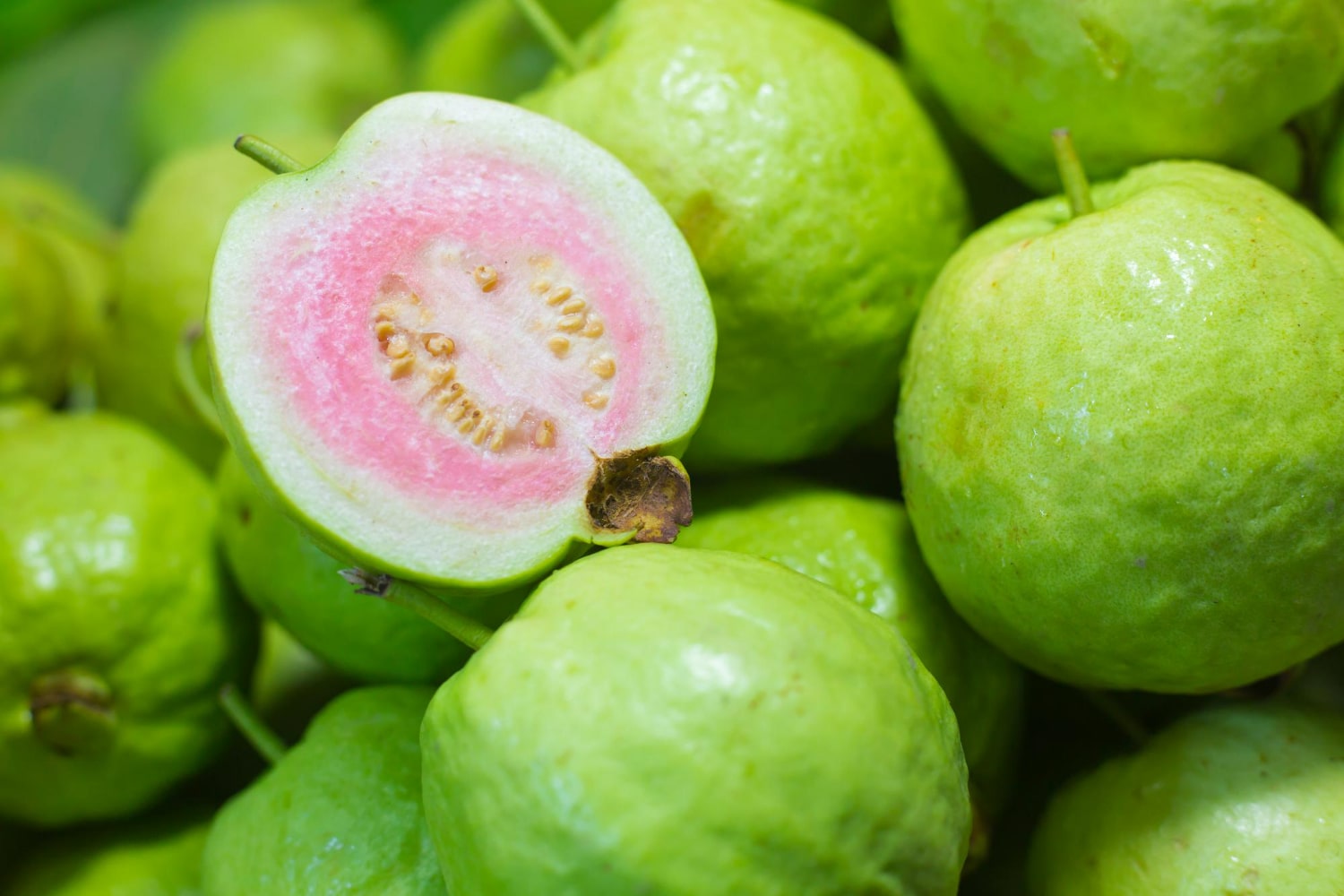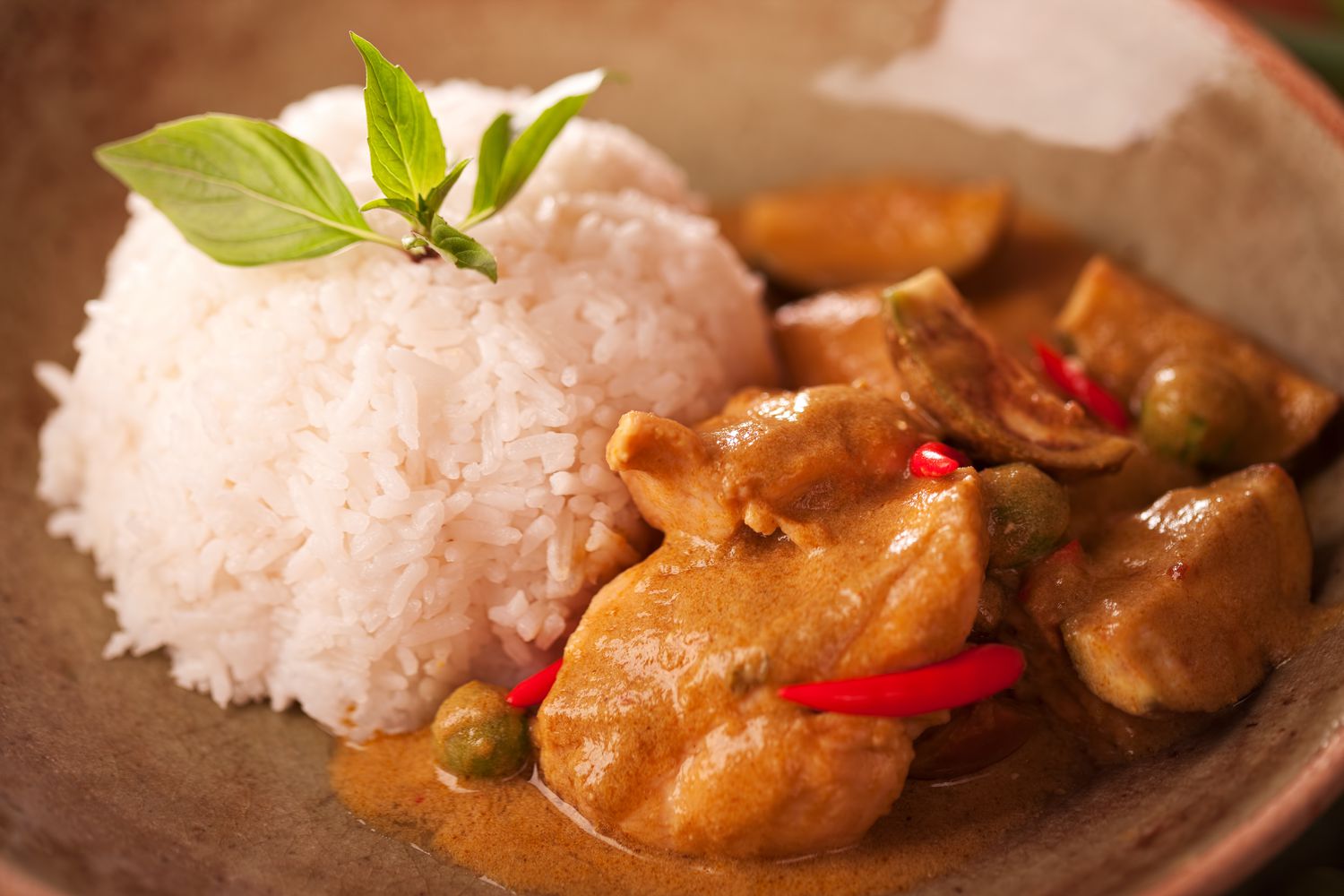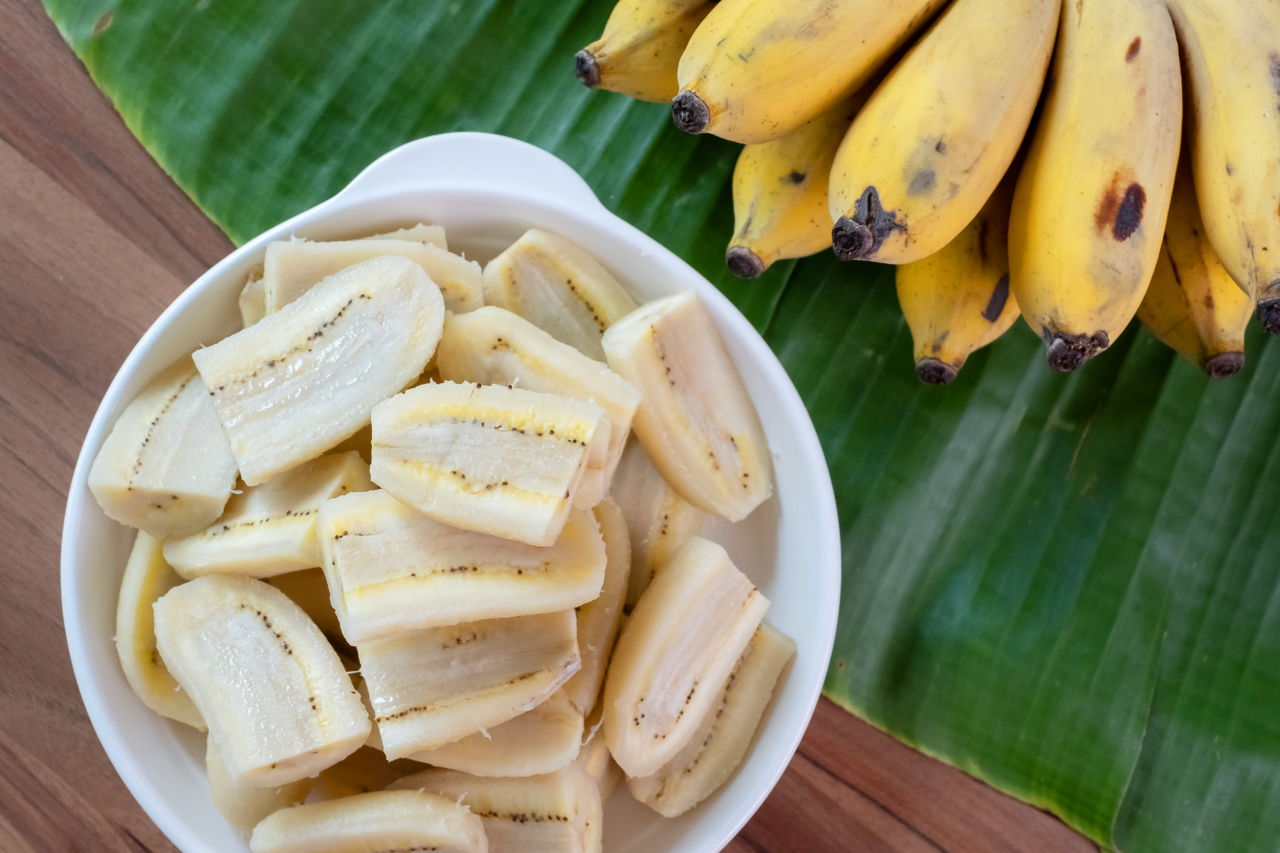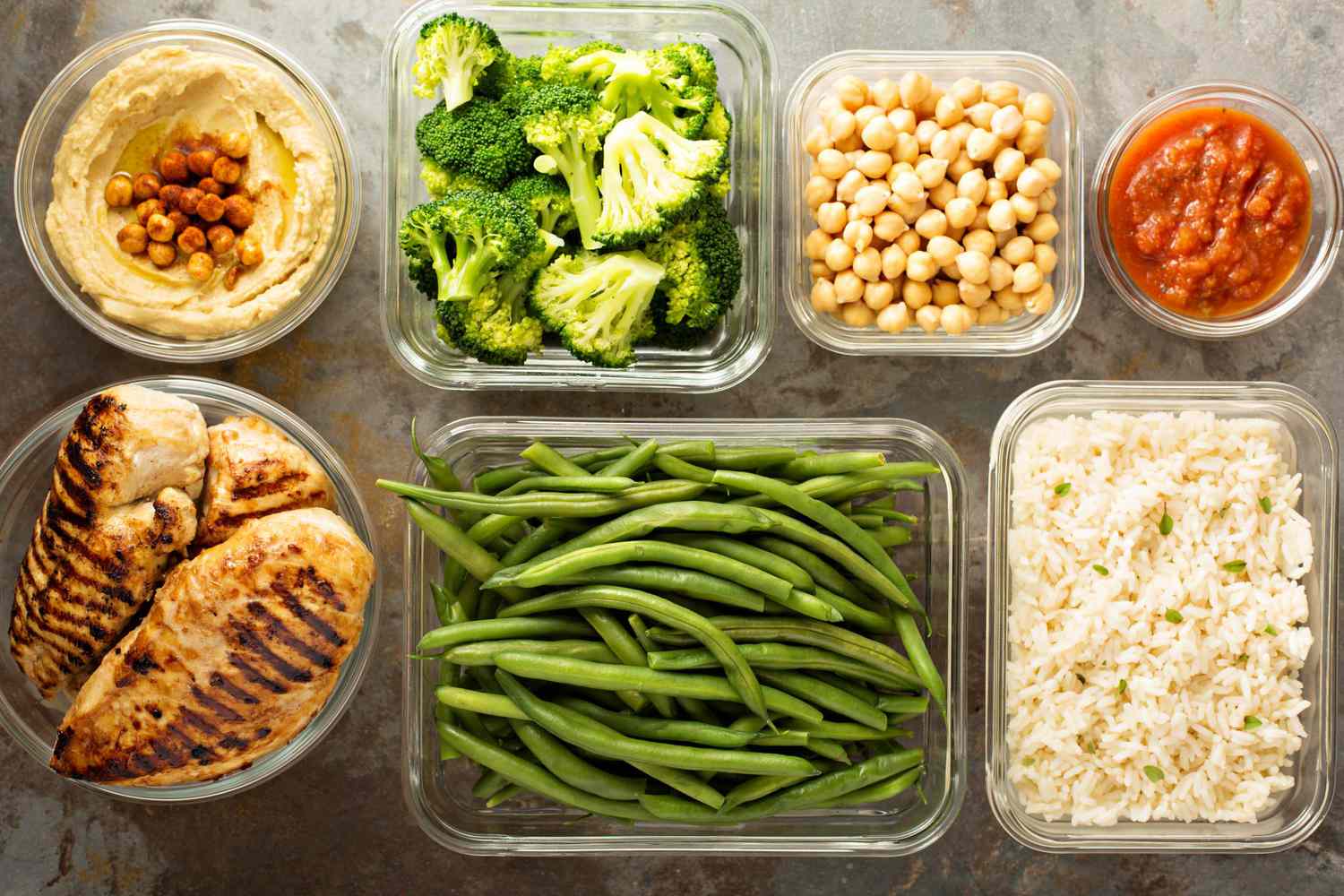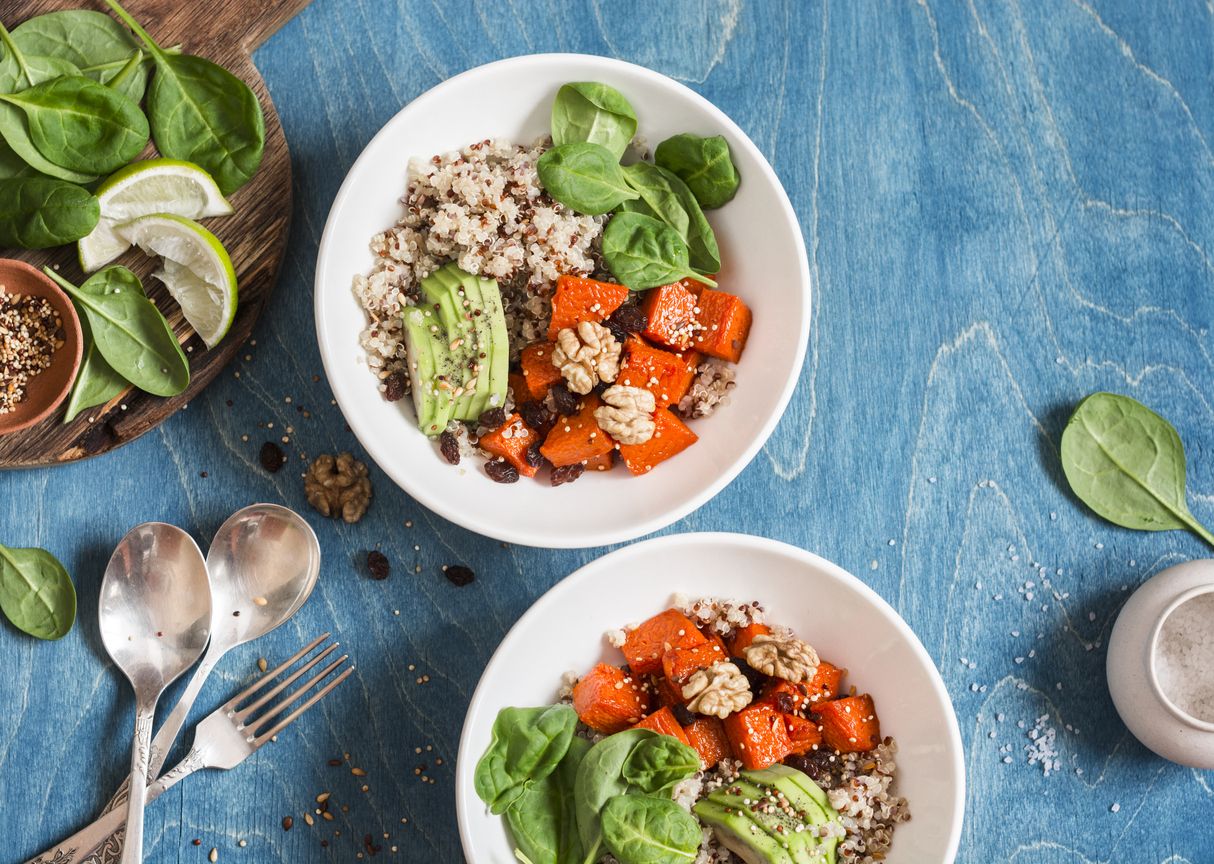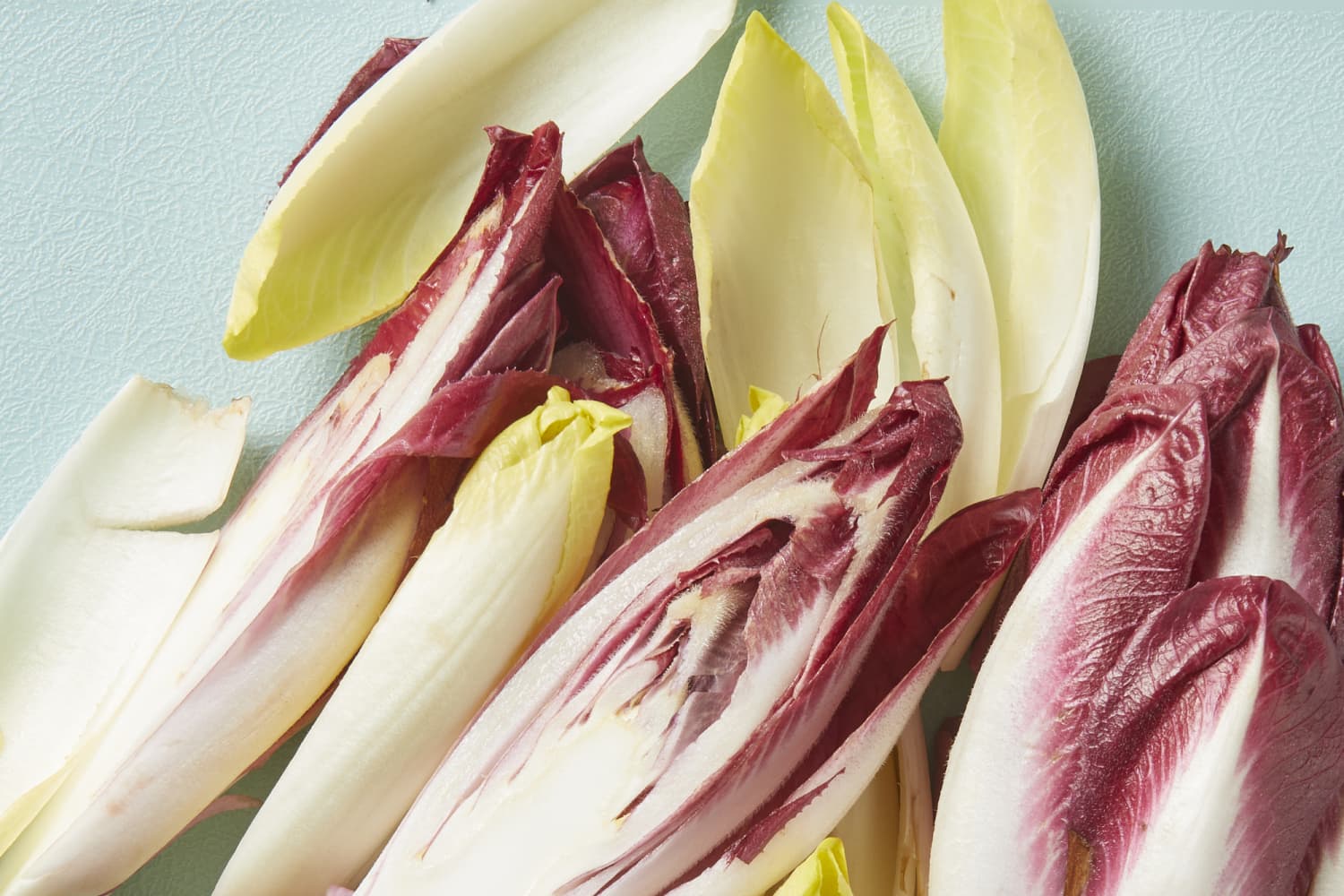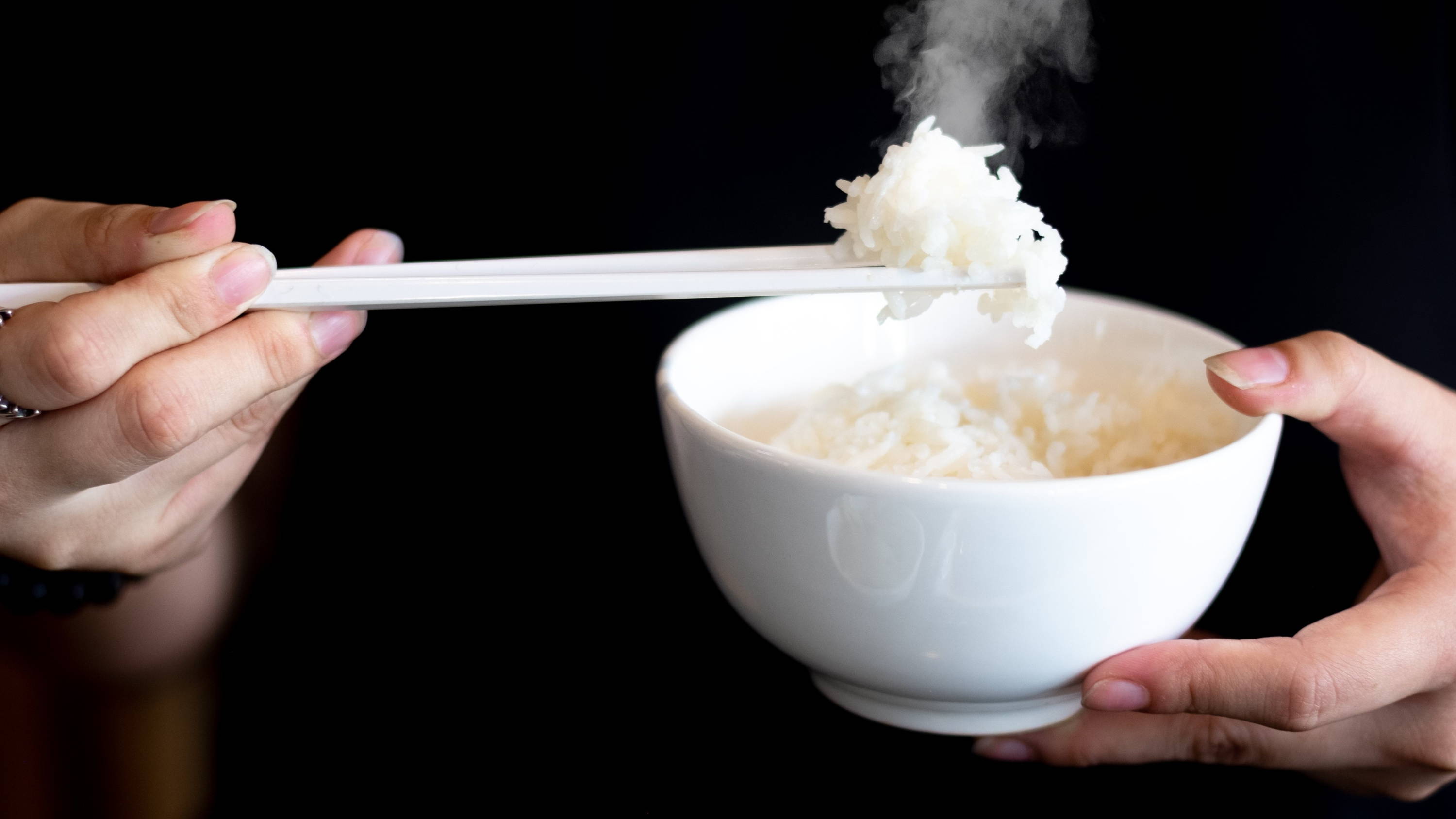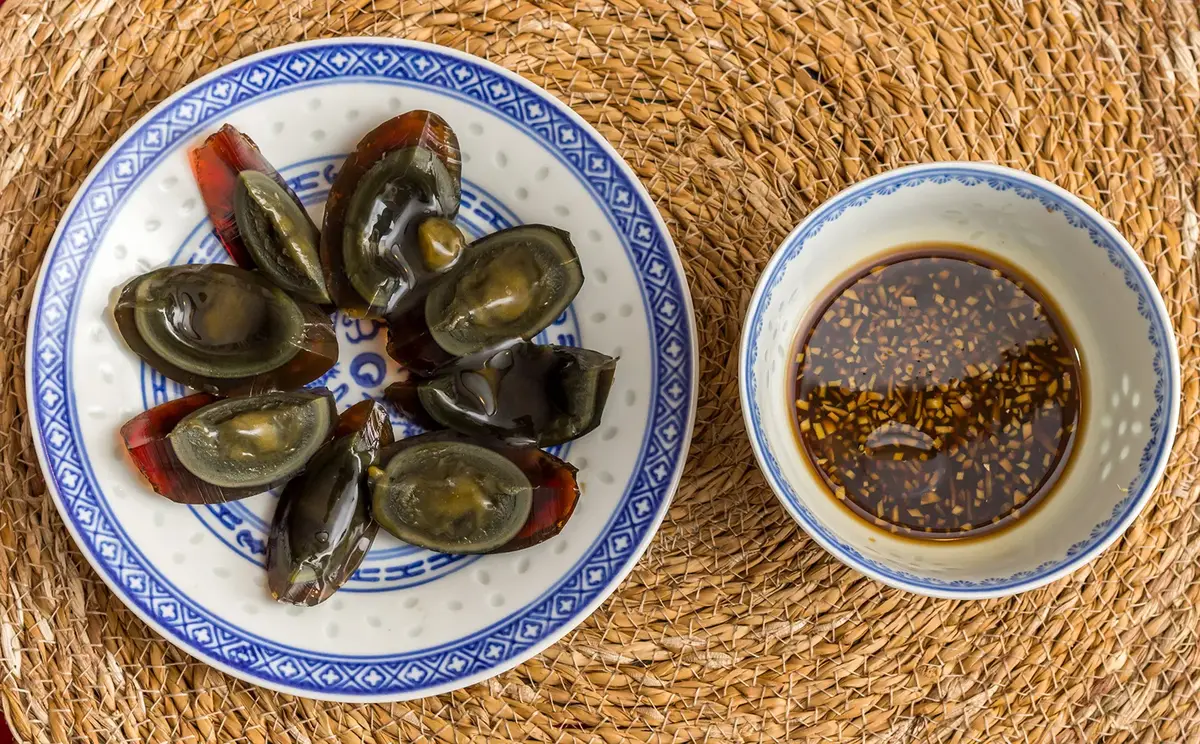Discover the Secrets of Eating Healthy Thai Food
Thai cuisine is known for its bold flavors, aromatic herbs, and vibrant colors. While it’s undeniably delicious, some may wonder if it’s possible to enjoy Thai food while maintaining a healthy diet. The good news is that with the right knowledge and choices, it’s absolutely possible to eat healthy Thai food without sacrificing flavor. Here are some tips to help you navigate the world of Thai cuisine while making nutritious choices.
Choose Lean Proteins
When dining on Thai food, opt for dishes that feature lean proteins such as grilled chicken, shrimp, or tofu. These options are lower in saturated fat and can provide a good source of essential nutrients. Avoid dishes that are heavily fried or contain fatty cuts of meat.
Load Up on Vegetables
Thai cuisine often incorporates an array of fresh vegetables, making it easy to get your daily dose of nutrient-packed veggies. Look for dishes that are loaded with colorful vegetables like bell peppers, broccoli, and snap peas. Vegetarian options like stir-fried vegetables or vegetable curry can be both delicious and healthy.
Be Mindful of Portions
While it’s tempting to indulge in the delicious flavors of Thai cuisine, it’s important to be mindful of portion sizes. Thai food portions can sometimes be larger than necessary, so consider sharing a dish with a friend or taking half of your meal home for later. This can help you enjoy your favorite Thai dishes without overeating.
Opt for Steamed or Grilled Dishes
When selecting your main course, consider choosing steamed or grilled dishes over fried options. Steamed fish or grilled meats are healthier choices that are just as flavorful as their fried counterparts. Additionally, these cooking methods help retain the natural flavors and nutrients of the ingredients.
Watch the Sodium Content
While Thai cuisine is bursting with flavor, some dishes may contain high levels of sodium. To eat healthy Thai food, be mindful of sodium-rich ingredients like fish sauce and soy sauce. You can ask for these condiments to be used sparingly or on the side, allowing you to control the amount added to your dish.
Choose Whole Grain Options
When enjoying Thai dishes that include rice or noodles, opt for whole grain varieties when available. Brown rice and whole grain noodles offer more fiber and nutrients compared to their refined counterparts. These options can help you feel fuller for longer and provide sustained energy.
Embrace Spices and Herbs
One of the highlights of Thai cuisine is the use of aromatic herbs and spices. Embrace the flavors of fresh herbs and spices like lemongrass, basil, and cilantro, which not only enhance the taste of your meal but also offer various health benefits. Many of these herbs and spices have anti-inflammatory and antioxidant properties.
Conclusion
Eating healthy Thai food is entirely possible with the right choices and mindful decisions. By opting for lean proteins, loading up on vegetables, being mindful of portions, choosing healthier cooking methods, watching sodium content, selecting whole grain options, and embracing spices and herbs, you can savor the flavors of Thai cuisine while nourishing your body with nutritious ingredients. With these tips in mind, you can confidently navigate Thai menus and enjoy a healthy and delicious dining experience.
